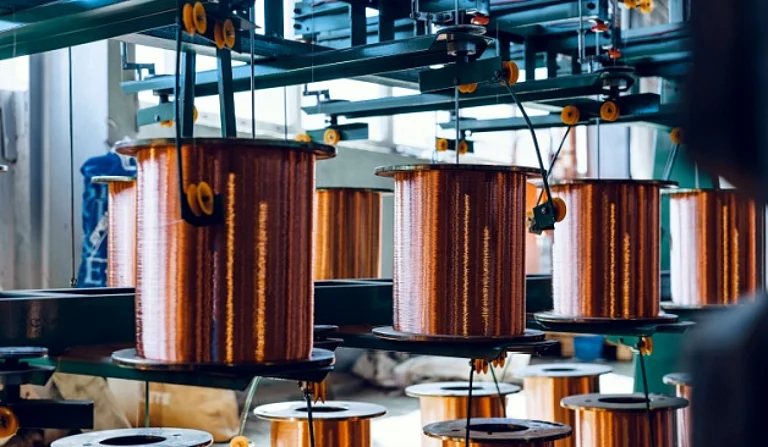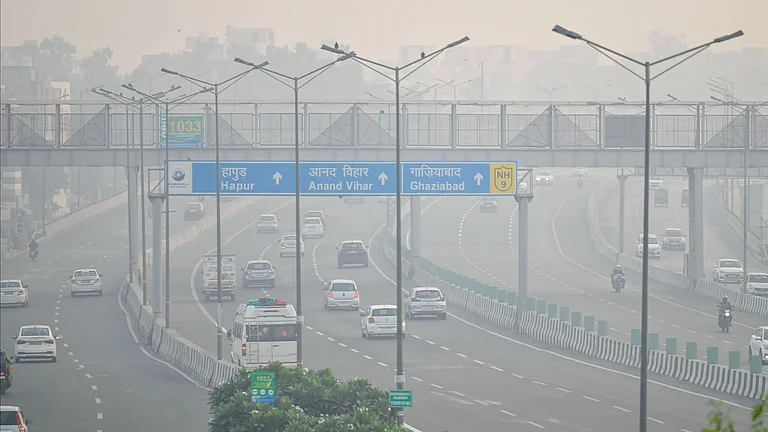In a conversation with Nirmala Konjengbam, Anil Kumar Singh, Chief Actuarial Officer, Aditya Birla Sun Life Insurance explained that insurance in India is perceived as a complicated product. Through micro-insurance, insurers are trying to address the issues and offer financial protection to ensure that every one, especially the weaker sections stay covered. Excerpts from the interview:
What is the current scenario of micro-insurance business in the country?
Currently India has a huge protection gap, the impact of which is strongly felt in the lower income group that is the mass or rural market. Insurance Regulatory and Development Authority of India (IRDAI) and the insurance industry has taken cognisance of the same and is committed towards providing protection to the stratum of society that is financially most vulnerable. Thereby, both the regulator as well as the industry has a lot of interest in making micro-insurance a success.
In a bid to popularise the much-needed product, the regulator has prescribed a product design that is simple, pricing of which is very affordable and a conducive distribution structure to encourage sales and purchase of micro-insurance covers. The industry is also very keen and most of the big life insurers offer micro-insurance products. They have tied up with several micro-finance institutions to promote life insurance and cover the population in that segment.
What are the main features of micro insurance?
The main feature of micro-insurance is to offer financial protection to people at the bottom of the pyramid and low-income households, particularly those with approximate income of less than Rs 250 per day. It has been designed specifically for lower valued assets and compensation for illness, injury or death. The IRDAI Micro-Insurance Regulations, 2015 defines micro-insurance as life insurance policy with a maximum sum assured of Rs 2 lakh or less. The coverage amount starts as small as Rs 5,000 to Rs 10,000 for a small period. It offers fully guaranteed benefits or variable insurance benefits and has a very simple and easy to understand product design.
How will micro-insurance increase the insurance penetration level and provide financial security to the low-income households?
Micro-insurance like any other insurance product, works on the philosophy of pooling. There are several individuals from low-income households, especially women who work in small groups and start small businesses post taking loans from micro-finance institutions. It is very important that they have enough coverage to protect their families from any untoward financial liability arising from this.
Micro-insurance helps in protecting such a large pool of individuals who otherwise are not covered. This in turn also increases the penetration of insurance in the country. By reducing the poverty of the low-income households, micro-insurance helps in the macro-economic development of the country and controls the impact of shocks.
What are the main objectives of micro-insurance?
First, it is important to understand the problem we are trying to solve with micro-insurance. Death of a breadwinner, especially in a low-income household transcends into a financial catastrophe for the family and in some cases no food on the table. Therefore, the social need to provide insurance to this sector becomes even more critical. With a large percentage of the country’s population living in the rural parts, micro-insurance makes insurance affordable and accessible. Many individuals in such households opt for loans from micro-finance institutions. It ensures protection to the family from financial liabilities in case something happens to the breadwinner or the life insured, reducing their chances of falling into extreme poverty.






























